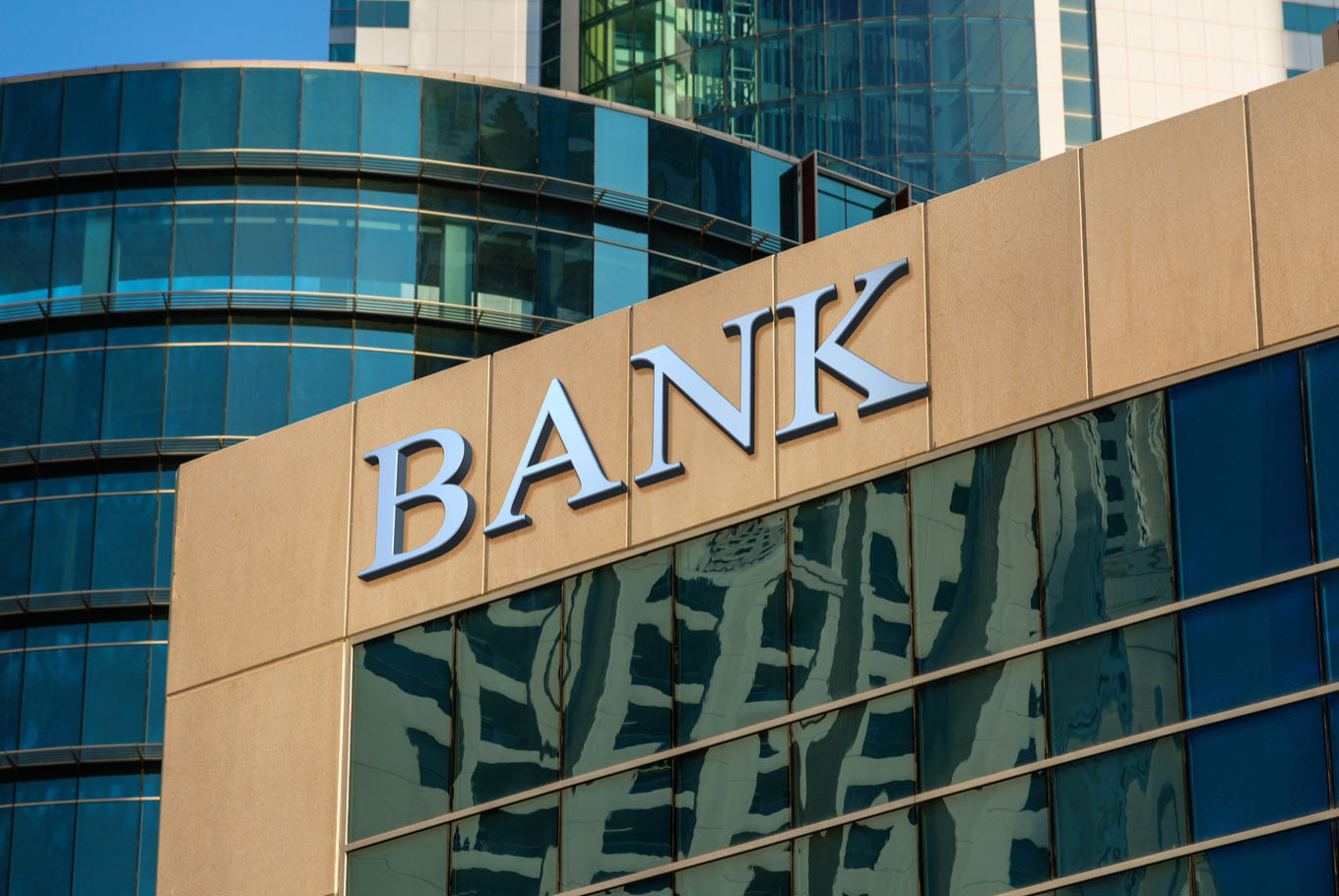Popular Reads
Top Results
Can't find what you're looking for?
View all search resultsPopular Reads
Top Results
Can't find what you're looking for?
View all search resultsMajor banks do better than expected in first half of year
The banking industry is seeing signs of recovery as loan growth starts returning to pre-pandemic levels and borrowers exit restructuring schemes as they resume payments.
Change text size
Gift Premium Articles
to Anyone
D
omestic banks are poised to book stronger-than-expected performance this year as loan disbursements exceed their mid-year targets and existing borrowers are better positioned to complete delayed payments.
Loan disbursements at the country’s three largest banks, state-owned lenders Mandiri and BRI as well as private lender BCA, grew between 9 and 14 percent annually, easily beating the loan growth target of 8 percent and above they announced in January.
Overall bank loan issuance was up more than 10 percent year-on-year (yoy) in June, twice the growth rate in December, according to Bank Indonesia (BI) data. And on July 21, the central bank revised its loan projection for the year to between 10 and 11 percent, up from 6 to 8 percent previously.
Executives of the three major banks, meanwhile, have announced upward revisions to their respective targets.
“We agreed to make small changes to show optimism. Previously, [the target] was around 8 percent, but now we are inclined toward 10 percent,” BCA CEO Jahja Setiaatmadja told reporters on Wednesday.
Read also: Major banks perform well in 2021, COVID-19 policy key to 2022 growth
Jahja attributed the higher-than-expected growth to increased demand for loans as working capital and investment from businesses that had regained confidence. Higher input costs due to surging commodity prices also played a role in driving up credit demand, he said.
Demand for consumer loans like mortgages and vehicle loans had also started to return to pre-pandemic levels following strong economic recovery, he added.
Meanwhile, the three banks’ share of loans at risk (LaR), which includes both restructured loans and nonperforming loans (NPL), fell by more than 7 percentage points in the first half of 2022 compared to the year before, indicating improved loan quality.
Mandiri risk management director Ahmad Siddik Badruddin said on Thursday that many borrowers’ financial situation had returned to normal, allowing them to resume repayments and exit the loan restructuring program.
BCA director Subur Tan said on Wednesday that the bank was not seeing any new applications for pandemic-related loan restructuring schemes, while some existing borrowers had agreed to be removed from the schemes.
The first six months of the year saw BCA’s ne profit rise 24.9 percent yoy to Rp 18 trillion, while Mandiri and BRI recorded even stronger annual gains of 61.7 percent to Rp 20.2 trillion and 98.7 percent to Rp 25 trillion, respectively.
“The banking industry booked good performance, especially among major banks. Some may be able to record one of their highest net profits in their history this year,” Suria Dharma, head of equity research and a banking analyst at Samuel Securities, told The Jakarta Post on Thursday.
Suria said that aside from providing extra income, the improved loan performance allowed the banks to lower the provisions that would weigh on their earnings.Continuing, he said that the banks were also able to access cheaper funds, as reflected by the double-digit growth in their current accounts and saving accounts (CASA). In contrast, time deposits, which were more costly than the former, were either declining or growing at a much slower rate.
Risks ahead
However, high inflation, monetary tightening and weakening growth in many countries as well as persisting global supply chain disruptions still pose a challenge until the year-end, as these factors weighed on the domestic economy and could thus indirectly affect the banking industry.
Read also: IMF cuts global growth outlook in response to US, China slowdowns
Impending BI rate hikes could also pressure banks relying on time deposits by prompting them to raise their interest rate and thus increase costs, which would also affect loan demand.
“Banks must be able to properly manage risks, especially those related to the dynamics of the global economy, so they do not hinder the recovery of the banking industry,” Dian Ayu Yustina, an economist and industry analyst at Bank Mandiri, told the Post on Thursday.
Apart from the external risks, the industry is also bracing for the impending tightening of the minimum statutory reserve requirement (GWM), which would remove Rp 300 trillion from the banks’ balances. This could affect lenders’ ability to disburse loans, even though BI maintains that excess liquidity from previous quantitative easing was sufficient to support banks.
The Financial Services Authority (OJK) is also expected to end in March 2023 its loan restructuring program, which allows banks to reclassify certain NPLs as good loans to mitigate an immediate impact on their earnings.
BCA and BRI saw their LaR provisioning surge more than 10 percentage points to respectively 48 and 42 percent, while Mandiri saw its LaR provisioning dip 3 percentage points to 64.33 percent.
BCA and Mandiri executives said separately that they had more than enough provisioning to cover LaR, particularly in response to the end of the OJK’s loan restructuring program.
“We don’t know if the OJK will extend it or not, but we assume it won’t be extended. We are ready if the loan restructuring program is not extended again,” said Mandiri’s Siddik.










